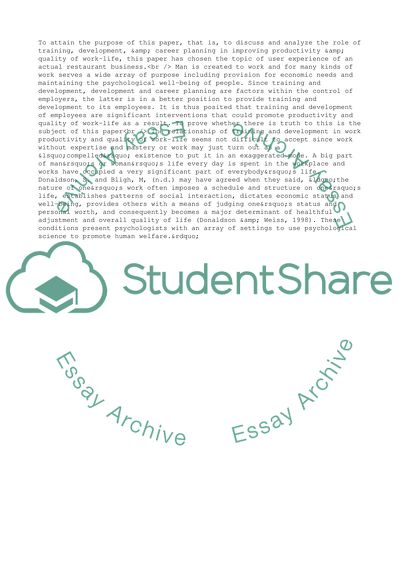Cite this document
(Resources Management Training Research Proposal, n.d.)
Resources Management Training Research Proposal. https://studentshare.org/management/1706118-human-resources-management-the-role-of-training-development-career-planning-in-improving-productivity-quality-of-work-life
Resources Management Training Research Proposal. https://studentshare.org/management/1706118-human-resources-management-the-role-of-training-development-career-planning-in-improving-productivity-quality-of-work-life
(Resources Management Training Research Proposal)
Resources Management Training Research Proposal. https://studentshare.org/management/1706118-human-resources-management-the-role-of-training-development-career-planning-in-improving-productivity-quality-of-work-life.
Resources Management Training Research Proposal. https://studentshare.org/management/1706118-human-resources-management-the-role-of-training-development-career-planning-in-improving-productivity-quality-of-work-life.
“Resources Management Training Research Proposal”. https://studentshare.org/management/1706118-human-resources-management-the-role-of-training-development-career-planning-in-improving-productivity-quality-of-work-life.


